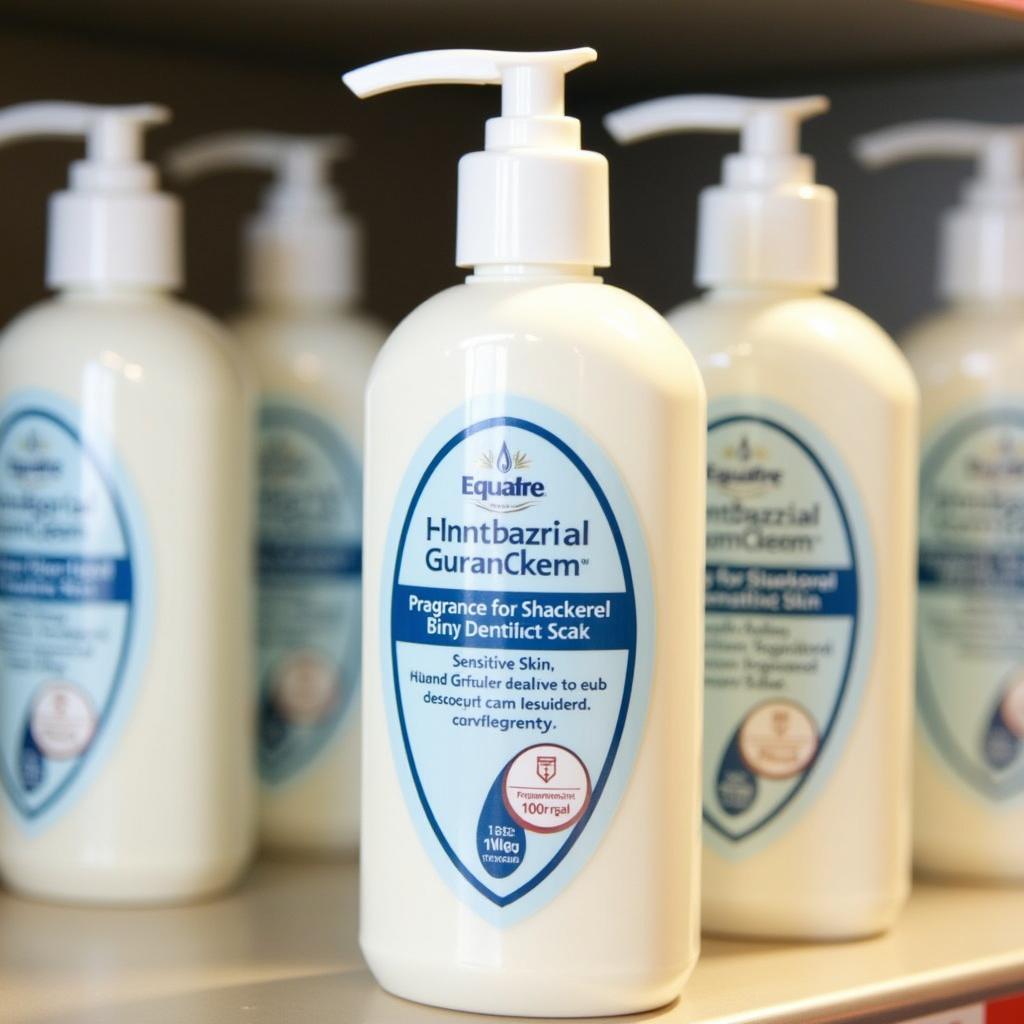Non-Surgical Rhinoplasty Gone Wrong: What to Do & How to Avoid It
- AmazoniaSilva
- Tháng 12 22, 2024
- Zodiac signs
- 0 Comments
Non-surgical rhinoplasty, often touted as a quick, affordable, and less invasive alternative to traditional nose jobs, has gained significant popularity. However, like any cosmetic procedure, it carries the risk of complications, and sometimes things can go wrong. This article delves into the potential pitfalls of non-surgical rhinoplasty, what to do if you experience a negative outcome, and how to minimize risks in the first place.
Understanding Non-Surgical Rhinoplasty Risks
Non-surgical rhinoplasty utilizes dermal fillers to reshape the nose. While generally safe, complications such as asymmetry, overfilling, Tyndall effect (bluish discoloration), vascular occlusion (blocked blood vessels), and even skin necrosis (tissue death) can occur. These issues can arise from improper injection technique, using unsuitable fillers, or individual reactions to the materials.
What Can Go Wrong with Non-Surgical Rhinoplasty?
Several factors can contribute to a negative outcome. One of the most common is improper filler placement, which can lead to an unnatural or uneven appearance. Another risk is the migration of the filler, where the injected material moves from its intended location, causing bumps or irregularities. Furthermore, some individuals may experience allergic reactions or hypersensitivity to the filler, resulting in inflammation, swelling, or other complications.
What to Do if Your Non-Surgical Rhinoplasty Goes Wrong
If you experience any complications after your procedure, immediate action is crucial. Contact your practitioner immediately. They can assess the situation and recommend appropriate solutions. In some cases, hyaluronidase, an enzyme that dissolves hyaluronic acid fillers, can be injected to reverse the effects. For more serious complications like vascular occlusion, immediate medical attention is required.
Choosing the Right Practitioner: A Key to Success
The expertise and experience of your practitioner play a pivotal role in the success of non-surgical rhinoplasty. A qualified and experienced injector will thoroughly evaluate your facial anatomy, discuss your goals, and choose the appropriate filler type and technique to minimize risks.
Minimizing Risks & Ensuring a Positive Outcome
Thorough research and careful planning are vital for minimizing risks. Choose a board-certified dermatologist or plastic surgeon with extensive experience in non-surgical rhinoplasty. Ask to see before-and-after photos of their previous patients. Discuss your expectations realistically and ask detailed questions about the procedure, potential risks, and aftercare instructions.
Long-Term Effects and Considerations
Non-surgical rhinoplasty isn’t permanent. The fillers gradually break down over time, typically lasting between 6 to 18 months. If you’re satisfied with the results, you’ll need repeat treatments to maintain the desired shape.
What are the signs of a botched non-surgical rhinoplasty?
Signs include asymmetry, overfilling, lumps, bumps, migration of filler, and discoloration.
How long does it take to see the final results?
The initial swelling subsides within a few days, but the final results are typically visible after about two weeks.
Is non-surgical rhinoplasty painful?
The procedure involves minimal discomfort, as a topical anesthetic is usually applied beforehand.
Conclusion
Non-surgical rhinoplasty can be a viable option for those seeking minor nose reshaping. However, understanding the potential risks and choosing a qualified practitioner is paramount for a successful and safe outcome. While complications like a non-surgical rhinoplasty gone wrong can occur, being informed and proactive can significantly reduce these risks and help you achieve the desired results.
FAQs
- What are the most common side effects of non-surgical rhinoplasty?
- How long does a non-surgical rhinoplasty last?
- Can a non-surgical rhinoplasty fix a deviated septum?
- What is the recovery time after a non-surgical rhinoplasty?
- How much does non-surgical rhinoplasty cost?
- Is non-surgical rhinoplasty reversible?
- What are the alternatives to non-surgical rhinoplasty?
Scenarios and Common Questions:
-
Scenario: A patient experiences significant swelling and bruising after the procedure.
-
Question: Is this normal, or should I be concerned?
-
Scenario: The filler appears to have migrated, creating a bump on the bridge of the nose.
-
Question: Can this be corrected?
Further Reading and Related Articles:
- Understanding Dermal Fillers: Types and Applications
- Surgical vs. Non-Surgical Rhinoplasty: Which is Right for You?
- Choosing a Qualified Cosmetic Surgeon
For any support or further inquiries, please contact us at [email protected] or visit our office at Fifth Avenue, 34th Floor, New York, NY 10118, USA. We have a 24/7 customer support team.
